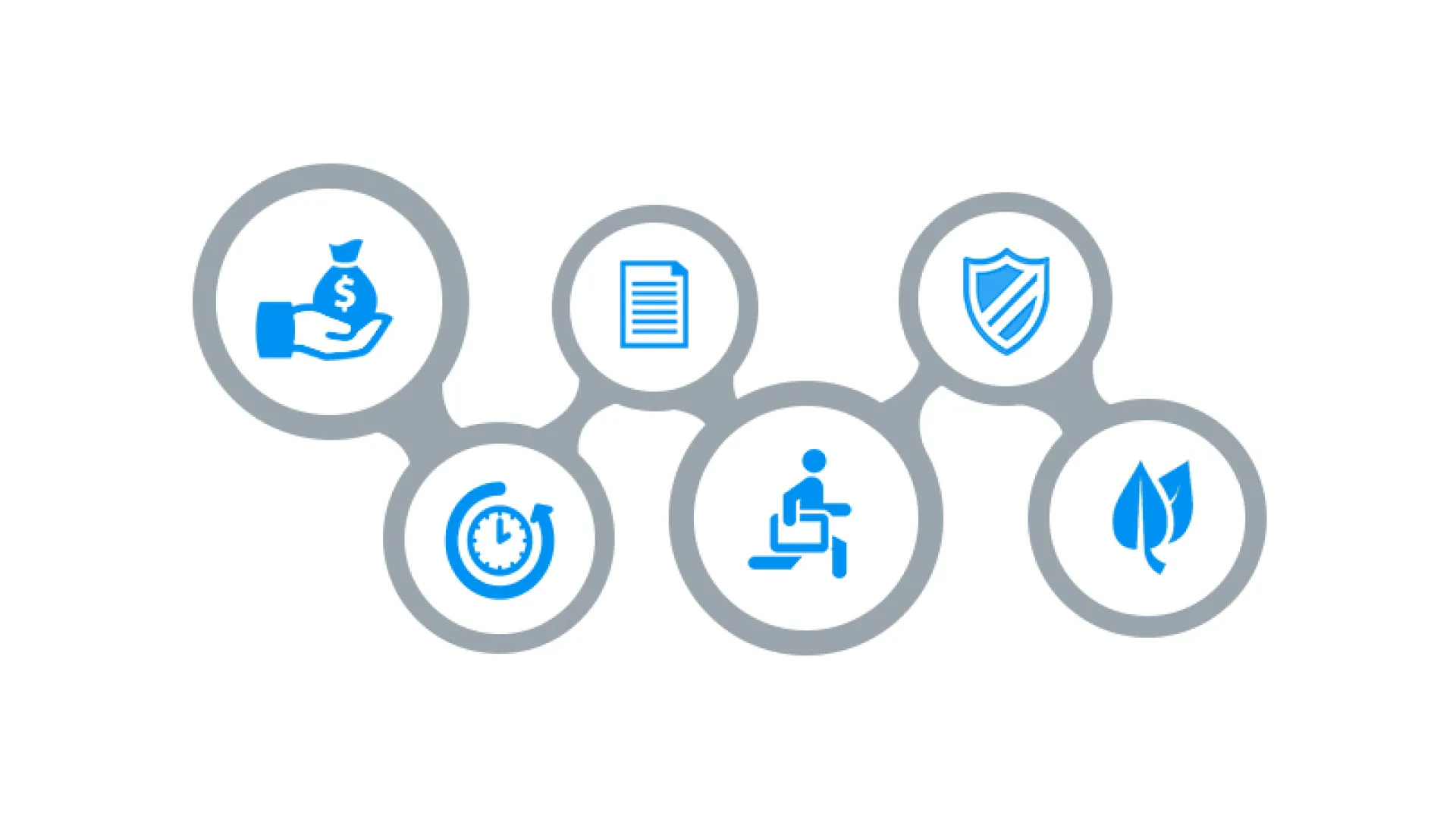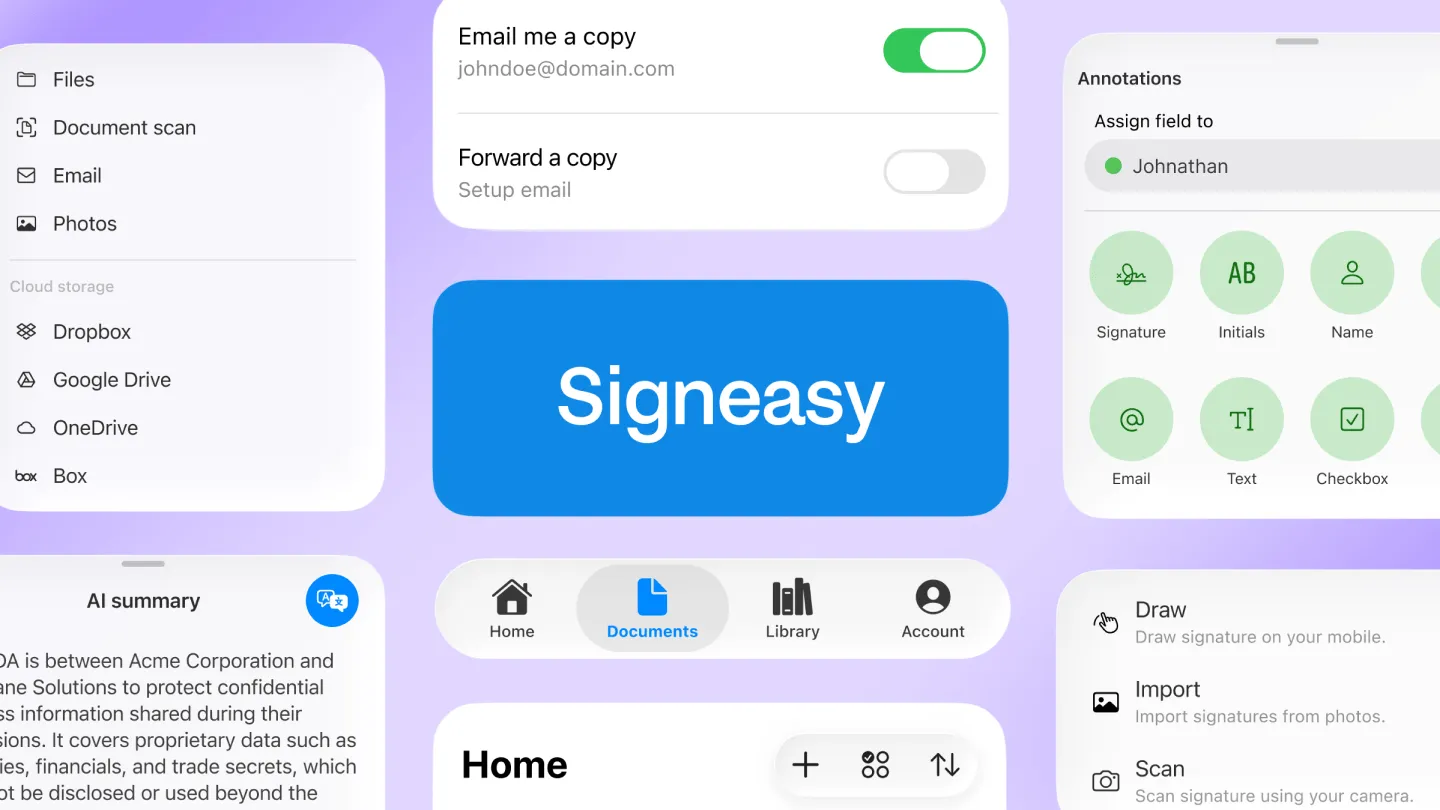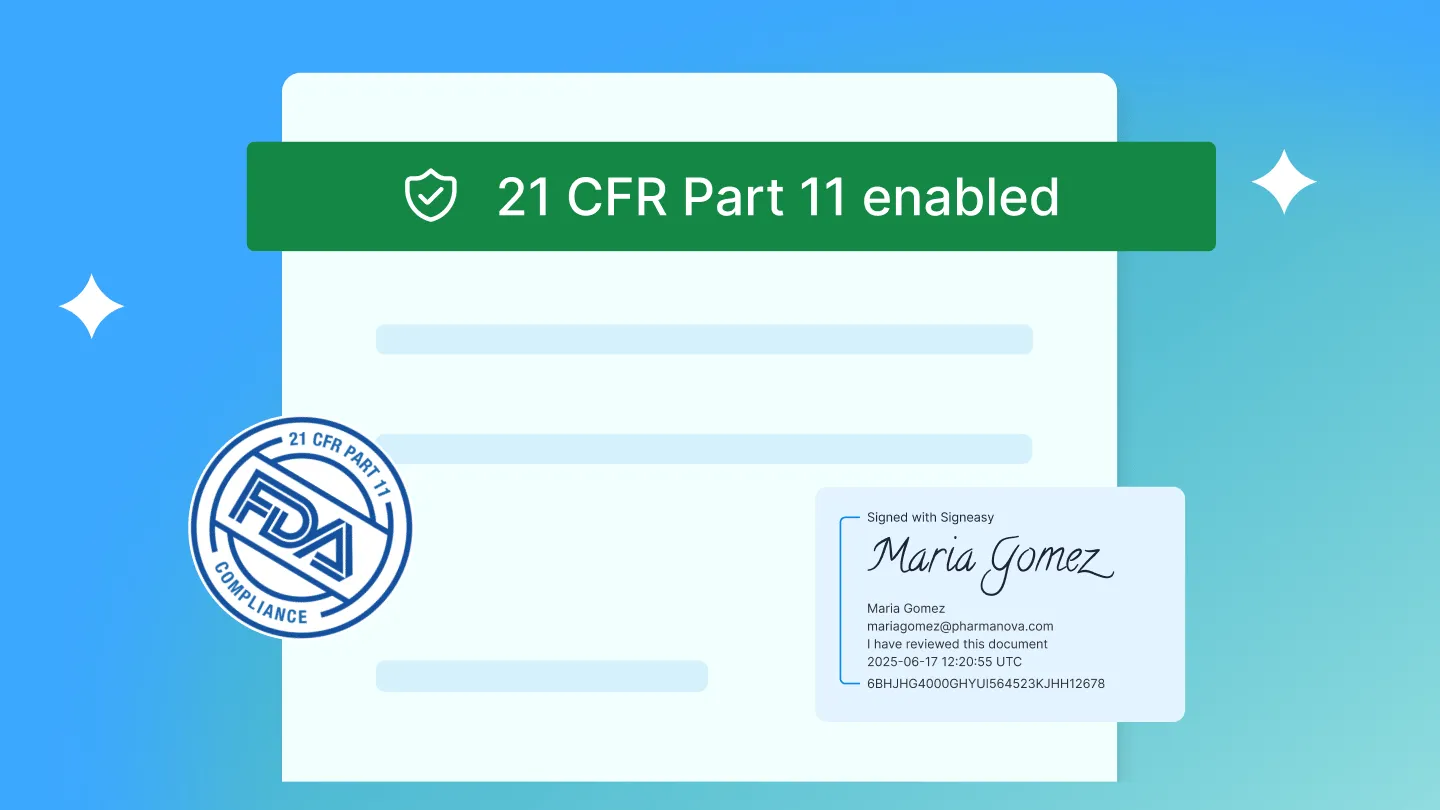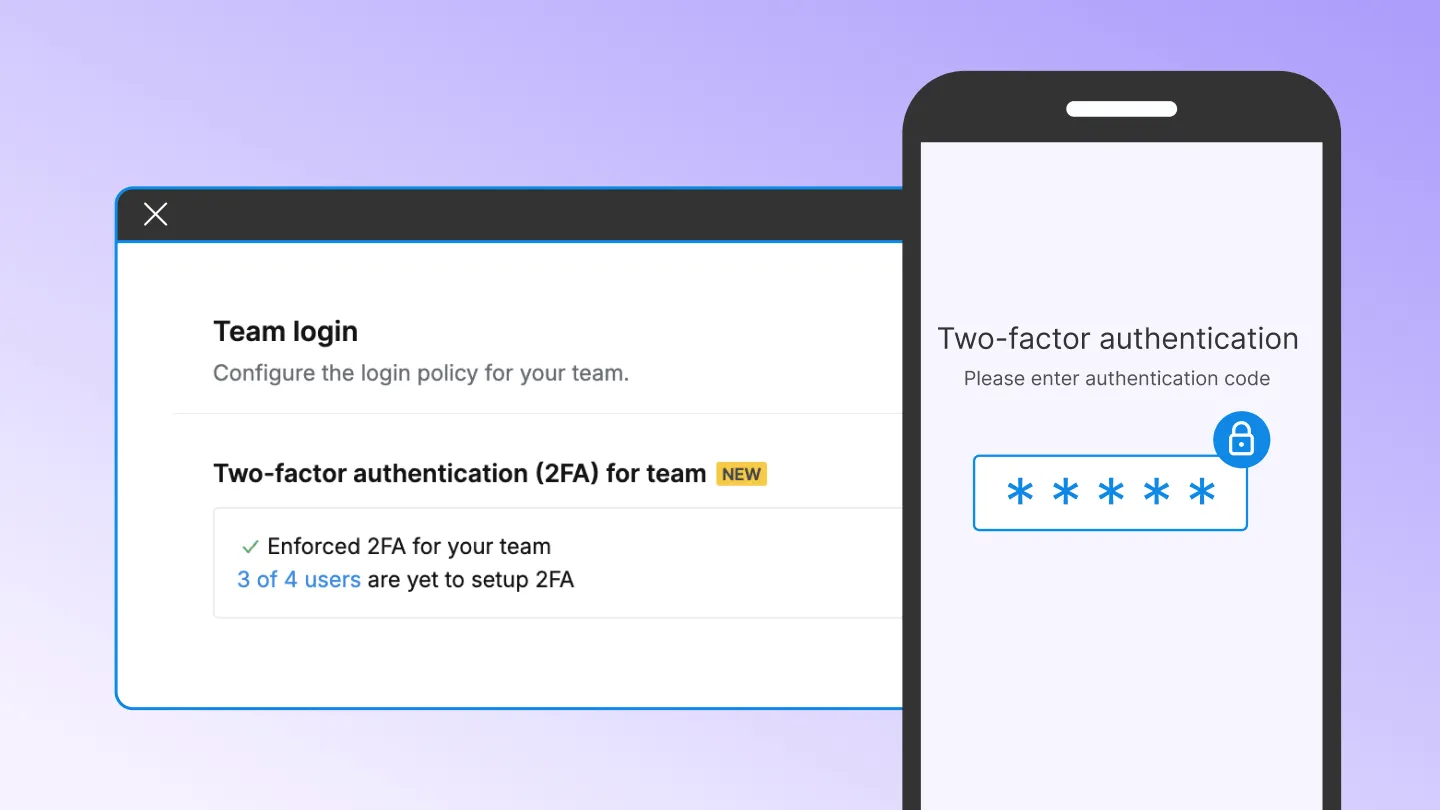In the 90s, personal computing started to become more prominent in business, as organizations wanted to take advantage of faster processing and greater computing capabilities. Anything that minimized delays with paperwork and moved things faster was a plus. Thus, the transition of business processes towards digitization was almost organic. However, what continued (and still does) to stand out as an anomaly in this shift from paper to digital workflow, are signatures. As a practice ingrained in their systems, individual professionals and businesses still tend to switch to paper when it comes to signing documents. This has been a recurring ‘last hurdle’ in the move to an all electronic process. Signatures are a highly vital element in business workflows, and bring in a lot of dependencies with them. Therefore, this break in the otherwise smooth, digitized business processes make businesses - starting from freelancers to SMBs to enterprises - slow and far less productive. Alongside this, count in the other hassles with respect to paperwork – they get lost or damaged, hamper collaboration etc.
Now, with electronic signatures, documents can be signed online, cutting down turnaround time by more than 90%. It means a document can now be signed and sent online even before the ink had dried on paper, figuratively! The signed document is also legally valid – enforceable by legislations passed in various countries.
As rightly pointed by Geoffrey Moore, author of the bestseller Crossing the Chasm, “E-signatures remove the last barrier between a hybrid paper-to-digital workflow to an all-electronic process, dramatically accelerating closure in any type of transaction that requires a contract. E-signatures let users cruise through the workflow without stopping.”
Let’s have a look at the benefits electronic signatures bring to your business.
Cost Savings
You might think that paper is cheap. However, paperwork accrues up costs - in purchasing, printing, copying, scanning, delivering and storing of paper. Imagine how much you could be saving by digitizing this process. A research conducted by Ombud for enterprises that adopted eSignatures, showed that the average savings per document is $20, and expected ROI over the next five years can be as much as $50 million - when integrated with existing internal technologies and business processes.
Saving Time
It is surprising how we are almost compulsive at times with the age old paperwork ritual of printing, signing followed by faxing/scanning and then sending it - all this while knowing it is costing us time. On certain other occasions, you’d be wishing for all this to be digitized, allowing you to focus on other important matters. Here’s the straight fact - eSignatures can help businesses avoid all these delays. The turnaround time for a document can be shortened by as much as 90%! This stat on its own can serve as the impetus for businesses in adopting eSignatures.
Mobility
Technology has helped in the growth of a multi-device, multiple location workforce. Forrester’s 2013 Report of Mobile Workforce Adoption Trends shows that the number of 'anytime, anywhere' workers grew between 15% to 29% during 2011-2012. A major advantage of eSignatures is in helping businesses to function irrespective of location and time.
Paper Trail
Managing paper can be a tiresome task. Time and expenditure in sending documents, copying it and storing for filing; and add to it the possibility of documents being damaged, lost or forged – these pain points can be avoided using electronic signatures. It is also easier to archive and retrieve, and a digital log will provide the details of the document such as email addresses, time when the document was signed, IP address, and the digital fingerprint of the document.
Additional Security
Electronic signatures can be protected using passcodes, and biometric authentication methods. Users can access documents only by using their associated eSignature credentials provided by the solution provider, and the receiver of the emailed document can only access it from his protected account. This lends it additional security when compared to ordinary paperwork.
Environment
Did you know that over 10 liters of water is required to make a sheet of A4 paper, or that 50% of business waste is constituted of paper? The effort and consciousness to protect the environment by adopting nature-friendly measures is only multiplying by each day. This brings in a real, legitimate demand for reducing paperwork at work. Electronic signatures help in saving paper and trees, bringing down greenhouse gas emissions, and reducing the burden on the environment.
Now that you’re aware of the benefits of electronic signatures, are you ready to make the move?











